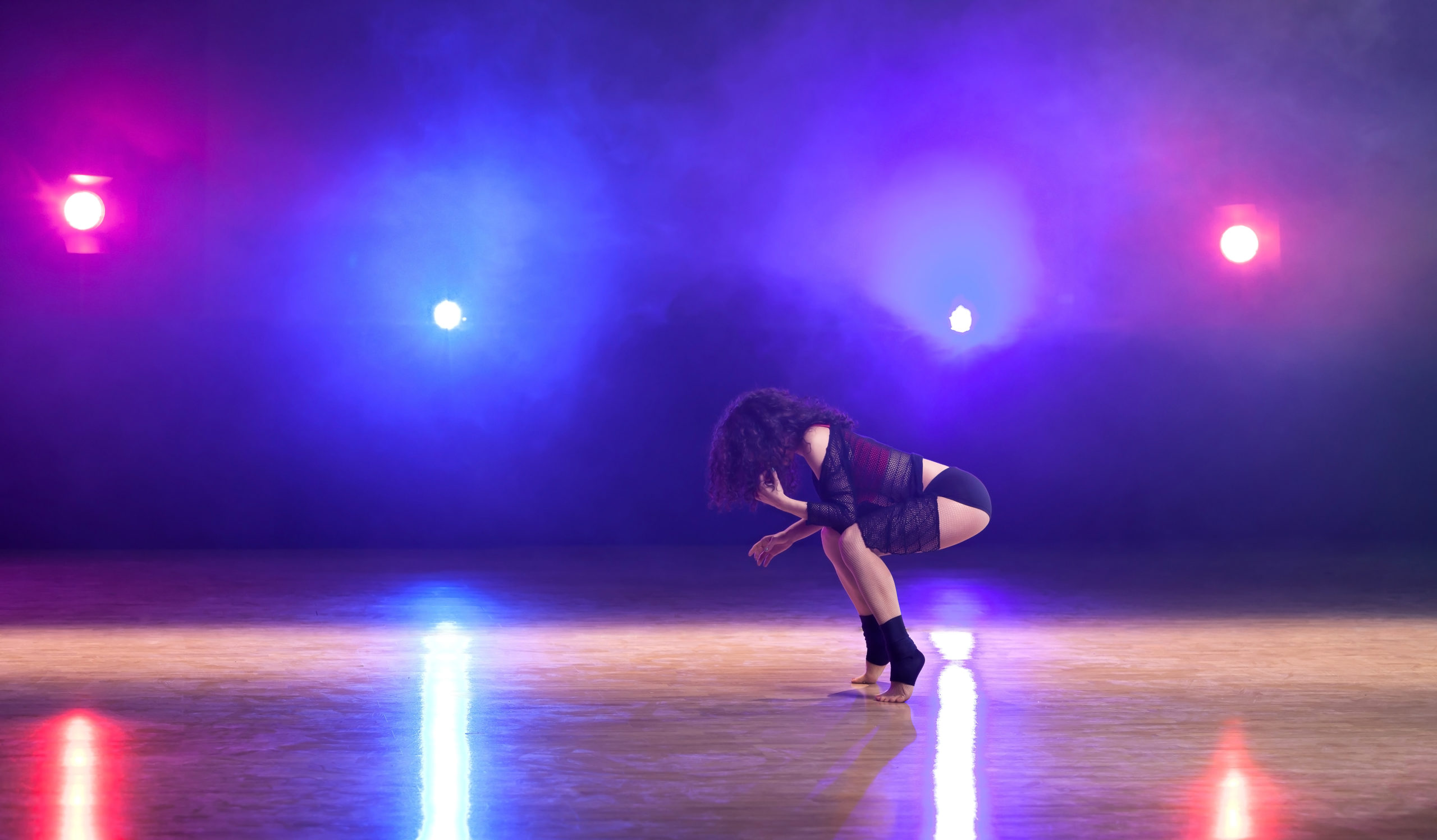
Dance competitions have long been a hotly debated topic in the dance education community. The notion of “competition” is usually blamed, but such blame misses the point. After all, competition is inherent to any audition process where multiple dancers vie for a limited number of positions. Competition is also meaningful in youth sports, from archery to football; in academics, such as quiz-bowl competitions; and in other performing arts, from slam poetry contests to choir festivals.
This leads me to think that the problem isn’t competition itself but the culture of preparing for competitive success. Kristin Deiss, co-founder of Danscend, a company that provides mental wellness resources for dancers, agrees: “It’s human instinct to compare yourself to others. But those comparisons should occur in a supportive environment that values the mental well-being and education of dancers.”
For a dance teacher or studio owner, this means putting less focus on the outcome and more on the experience. Here are some points to consider when preparing your students to compete.
Program Competitive Dances Strategically
Programming a competitive piece takes skill and strategic planning. Place your dancers in the best light by considering the appropriateness of your choreographic choices. The movement should ensure that your dancers can demonstrate that they are well trained, not merely repetitively rehearsed. How?
My experiences as a performing arts educator and an adjudicator suggests the need for balance within the vocabulary. Approximately 40 percent of the vocabulary should allow the performers to demonstrate technical and expressive elements that they have mastered through their training. This will create psychological security for the performers and allow judges to clearly identify their training. Approximately 50 percent of the vocabulary should require the dancers to demonstrate those same skills in a slightly varied context, such as in a different style or using varied body orientations and positions. This leaves about 10 percent of the dance for skills that truly will challenge the performers and require them to reach to new heights throughout the rehearsal process.
While no formula is perfect in designing and choreographing a competitive piece, the 40-50-10–percent ratio provides a balance of self-assurance, a growth mindset and a developmentally appropriate challenge. Simultaneously, it allows your performers to demonstrate variety, range and depth of skill, which often are blatantly stated criteria for competitions.
Help Dancers Set Meaningful Goals
Setting the wrong goals can derail your efforts to provide dancers with meaningful educational experiences. Do not set competitive goals for your dancers—to place in the top five, to win the contest, or to score higher than an 85. These goals are completely beyond the control of your dancers. Placements and winnings are in the hands of judges and show sponsors.
Instead, teach your dancers to set their own performance-based goals. These should be concrete enough to be monitored and within the dancer’s control. Performance goals might include items related to technical achievement, including such things as “to feel my use of plié on leaps and landings.” They might also include achievements in artistry, such as “to change my facial expression when entering the adagio section.” Performance goals give power to the performers, thus increasing the educational vitality of competition.
Emphasize a Process of Preparation
Many young competitors often exclaim, “It is competition day; this is what counts.” This mindset undermines the educational journey of preparing for a competition. To stand performers in good stead, minimize the importance of competition day and the fleeting time on a stage in front of judges. Instead, focus on the weeks, if not months and years, of process that comes prior to competition day.
One mantra that I preach to young competitors is that “champions are not made on the competition stage; champions are made within the studio space.” This can help shift performers toward seeing the competitive performance as a culmination of their hard work and growth in achieving goals, not as the sole episodic moment of value.
Judge the Judgment
Providing a strong educational framework for competition does not end once the competition is over. If the competition provided either recorded or written commentary from the judges, this feedback provides an opportunity for you to help your dancers consider more deeply how their dance was received.
Particularly when dance competitions provide recorded commentary from judges, ask your performers to consider which comments from the judge they should strongly value and consider in their future dance efforts. Encourage them to make connections between the commentary and their own perceptions of strengths and weaknesses. And invite them to consider the missed opportunities to capture a judge’s interest and focus. You could ask them, “What did you hope the judge would comment on during this phrase?”
Focusing on the judge’s commentary with your performers is far more valuable than focusing on the numerical ratings or placements that your performers received. It is within the qualitative commentary that young dancers can find points to help them grow. What’s more, focusing on these comments teaches students that dance is not something to be counted and measured as much as it is to be valued for the opportunities it provides for self-improvement.
Enlist Parents as Educational Advocates
Many parents do not have a background in either dance or education. They might be either overzealous or underwhelmed about the prospects of their child competing.
So, part of your challenge is to enlist them as partners in ensuring that competition has educational viability. Discussing the tips shared here is a start. Remind parents that their encouragement is essential, regardless of the competitive outcomes. And be sure to reinforce the message that having their child pursue dance is its own “trophy”—an award that will enhance the quality of their life into adulthood.





